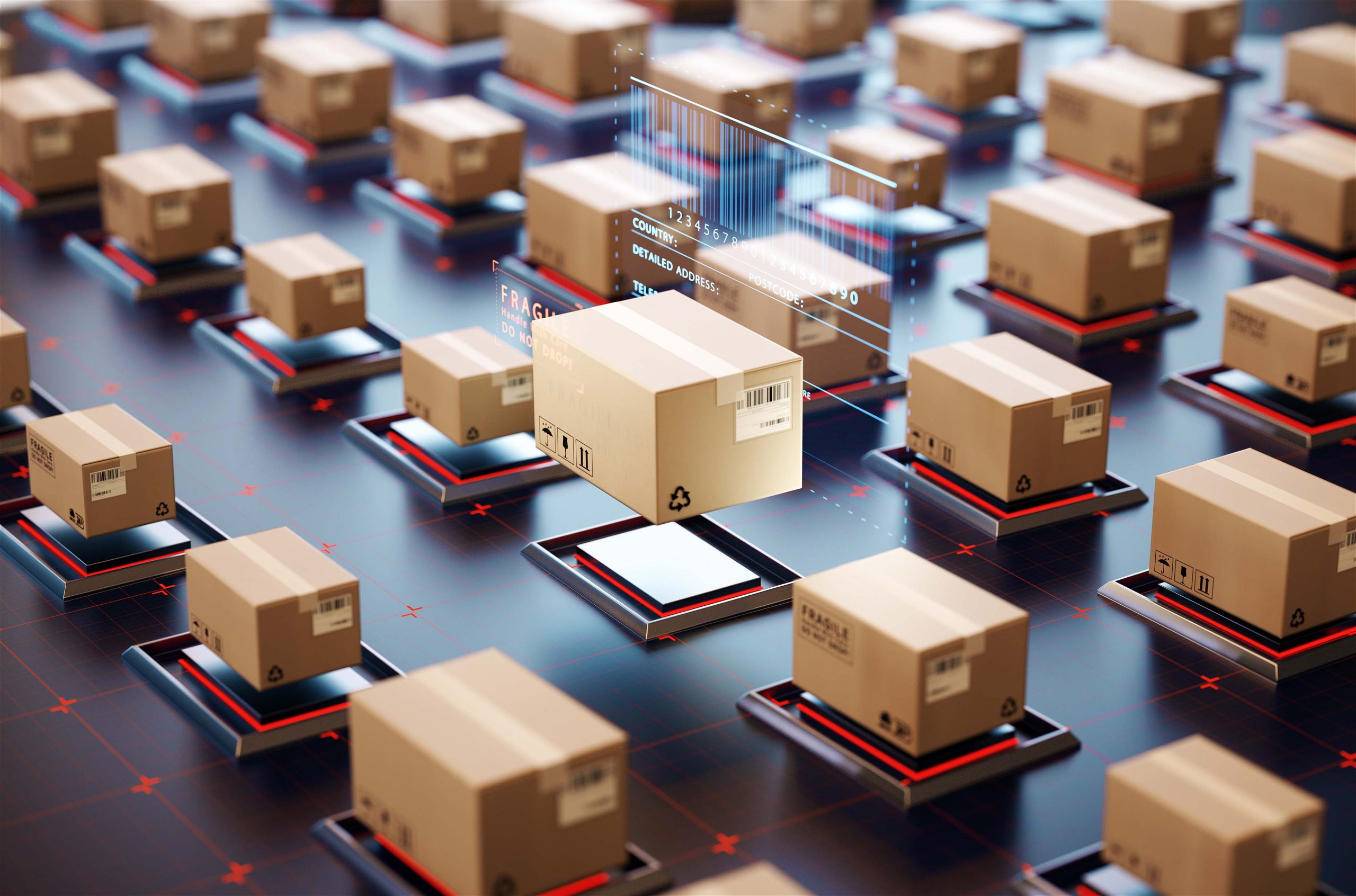Author: Angus McLachlan | Posted On: 19 May 2023
The past few years have served as a vivid reminder of just how tightly woven the international tapestry of trade and interdependence really is. The economic aftershocks of the pandemic were truly felt the world over.
In this context it is interesting to have a look at Australian exporters, to see how they are faring in a world made more complex by ongoing geopolitical angst, supply chain issues and fluctuating exchange rates.
In short, things look very positive according to the DHL Export Barometer, with 70% of Australian exporters expecting orders to increase in the coming year. This compares to only 30% of small and medium businesses expecting growth over the next 12 months as reported by ACA Research in our monthly SME Sentiment Tracker.
How are These Australian Exporters Increasing Their Orders?
Firstly it is important to understand that 80% of exporters are generating orders or enquiries via online channels. This compares to less than half (40%) of Australian SMEs that generate revenue via e-commerce.
There is no doubt that exporters are digitally savvy, in fact one-quarter generate all their export orders online and 47% have increased online orders over the past 12 months.
Makes sense, right? Exporters need to reach buyers in various geographies around the world, hence exporters use digital channels to access markets in the most efficient and cost-effective manner.
However, selling in international markets is not easy, as exporters need to outfox global competition, overcome language and cultural barriers and tick off all required compliance issues in each target market. Before spending big on marketing it is important to:
- Understand what products or services will appeal to your target audience in export markets.
- Localise digital assets such as translating content or tailoring messaging to cultural nuances.
- Understand data privacy laws and advertising standards in each target market.
- Implement a seamless fulfilment and delivery process for each market.
With these tasks executed it is time to choose your digital channels. So which channels are Australian exporters using to reach their chosen markets?
As the DHL Export Barometer shows, 61% of exporters are leveraging social media, with 45% using Facebook and 39% using Instagram. Google search engine marketing is also popular with 35% targeting customers via this channel. LinkedIn (24%), YouTube (16%) and various influencers/content creators (16%) are also used by many targeting niche audiences. Clearly, exporters should carefully consider their target audience, business goals, and the regions they operate in when choosing which digital channels to use.
Of course there is no point attracting new customers to a website that does not provide a great online experience. Trust is built on great design, functionality, security and mobile optimisation that in turn delivers a seamless purchasing and payment process, good customer service and clarity regarding delivery times and costs.
As reported in the DHL Export Barometer the preferred online platform is Shopify, used by 45% of exporters. Shopify provides a comprehensive e-commerce platform with a range of features and integrations that seem to align with the needs of exporters. Shopify is dominant with WooCommerce (12%) and Stripe (8%) the next in line.
In summary, digital marketing is critical for exporters to succeed in the global marketplace. It enables exporters to reach a vast and diverse audience, target specific segments of their market, measure the effectiveness of their campaigns, and gain a competitive advantage. Platforms like Shopify make it easier for exporters to set up and manage an online store, while social media, search engines and other digital channels provide opportunities to engage with potential customers and promote their products or services. By developing a comprehensive digital marketing strategy that is tailored to their business goals and target audience, exporters can expand their reach, build brand awareness, and drive growth in their international sales.
ACA Research has delivered the DHL Export Barometer annually for more than 20 years. If you are interested in exploring the possibilities of your own thought leadership research and how it can benefit your organisation, please contact me at amclachlan@acaresearch.com.au.
Posted in Financial Services, B2B, QN, TL

